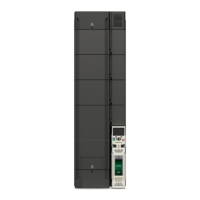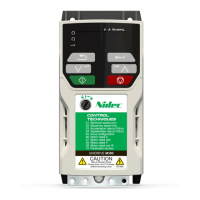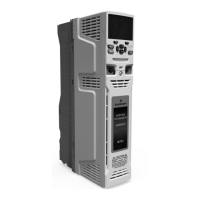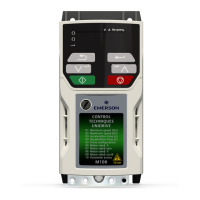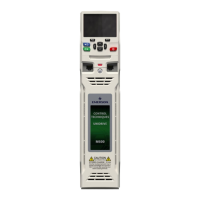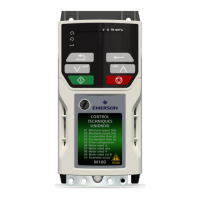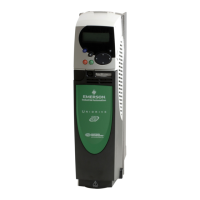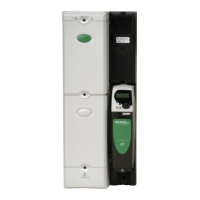Timers
If the enable input to a timer is active and the repeat function is set to a non-zero value then the timer is active even if the destination is not routed to
valid a parameter. The timers are updated in the background task and have a resolution of 1s.
The following is a description of Timer 1, but Timer 2 behaves in the same way. If Timer1Invert = 0 then Timer1Output (09.042) is inactive before the
Timer1StartDate (09.035) / Timer1StartTime (09.036), active between this date/time and Timer1StopDate (09.037) / Timer1StopTime (09.038)
and then inactive after the stop time/date within the timer 1 repeat period as shown in the diagram below.
Timer1RepeatFunction (09.039) defines the length of the repeat period. For example if Timer1RepeatFunction (09.039) = 2 then the repeat period is
one day. The output is inactive until the time reaches the hour, minute and second defined in Timer1StartTime (09.036), and remains active until the
time reaches the hour, minute and second defined in Timer1StopTime (09.038). Different repeat periods may be selected as given in the table below.
The table shows the constituent parts of the date and time that are used to determine the start and stop events. If the repeat period is set to every week
then Timer1StartDate (09.035) and Timer1StopDate (09.037) define the day of the week and not the date (i.e. 00.00.00 = Sunday, 00.00.01 =
Monday, etc.). If the stop time event is set to occur at or before the start time event or the Timer1RepeatFunction (09.039) = 0 or Timer1Enable
(09.040) = 0 the output remains inactive at all times (i.e. Timer1Output (09.042) = 0 if Timer1Invert = 0).
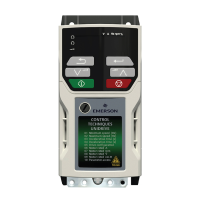
